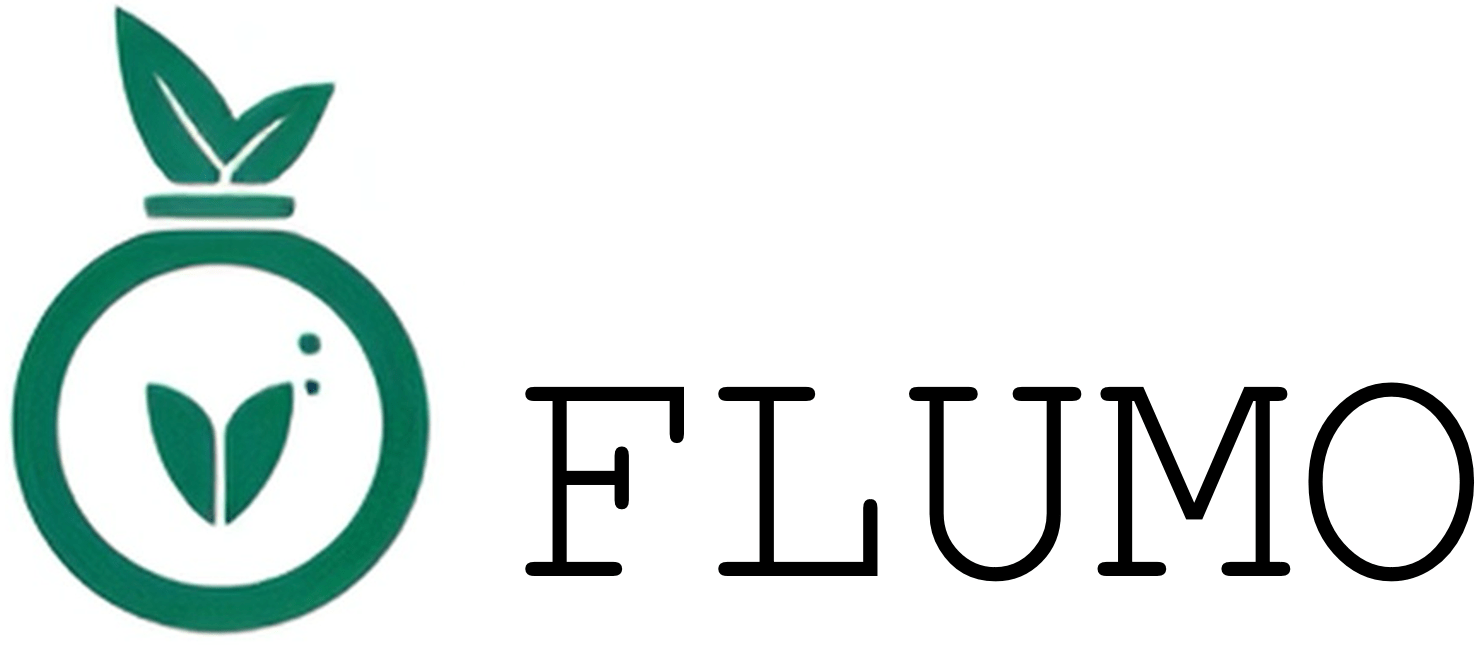♻️ Waarom het recyclelogo op plastic niet altijd betekent wat je denkt
Nederlandse versie
Je ziet het bijna op elke plastic verpakking: drie pijltjes in een driehoek met een cijfertje erin. Veel mensen denken: “Mooi, dit is recyclebaar!” Maar in werkelijkheid is dat vaak niet zo.
Wat betekenen die cijfers?
De cijfers in het recyclelogo verwijzen naar het type plastic waarvan het product is gemaakt. Er zijn zeven categorieën, van ♳ PET (bijvoorbeeld waterflessen) tot ♹ ‘Overige’ plastics. Sommige soorten zijn goed recyclebaar (zoals ♳ en ♴), maar veel andere plastics worden in de praktijk zelden of nooit gerecycled.
Het misverstand
Dat symbool met de drie pijltjes ziet eruit als het universele recyclingsymbool, en dat is precies het probleem. Het wekt de indruk dat het milieuvriendelijk is, maar eigenlijk is het vooral bedoeld voor afvalverwerkers om plastics te sorteren. Consumenten raken hierdoor onbedoeld misleid — een vorm van greenwashing.
Wat kun jij doen?
- Kijk verder dan het logo: niet elk plastic met een logo wordt gerecycled.
- Kies waar mogelijk voor herbruikbare verpakkingen of alternatieven zoals glas of karton.
- Let op lokale recyclingregels: wat jij in de recyclebak stopt, kan per gemeente verschillen.
Door bewuster om te gaan met verpakkingen, kun je écht een verschil maken. Kleine keuzes, groot effect.
English version
You’ve probably seen it on nearly every plastic product: three arrows forming a triangle with a number inside. Most people assume this means “recyclable.” But in reality, that’s often not the case.
What do those numbers mean?
The numbers in the triangle indicate the type of plastic the product is made from. There are seven categories, from ♳ PET (e.g., water bottles) to ♹ ‘Other’ plastics. Some are widely recycled (like ♳ and ♴), but many others are rarely processed — even if they carry the recycling symbol.
The misunderstanding
That triangle looks like the universal recycling icon, and that’s exactly the issue. It gives the impression of being eco-friendly, but the symbol is mainly intended for waste processors. This can mislead consumers — a subtle form of greenwashing.
What can you do?
- Don’t trust the symbol blindly – not all marked plastics are actually recycled.
- Choose reusable or alternative packaging like glass or cardboard when possible.
- Check local recycling guidelines, as they vary by region.
By being more mindful about packaging, you can make a real impact. Small choices, big difference.

